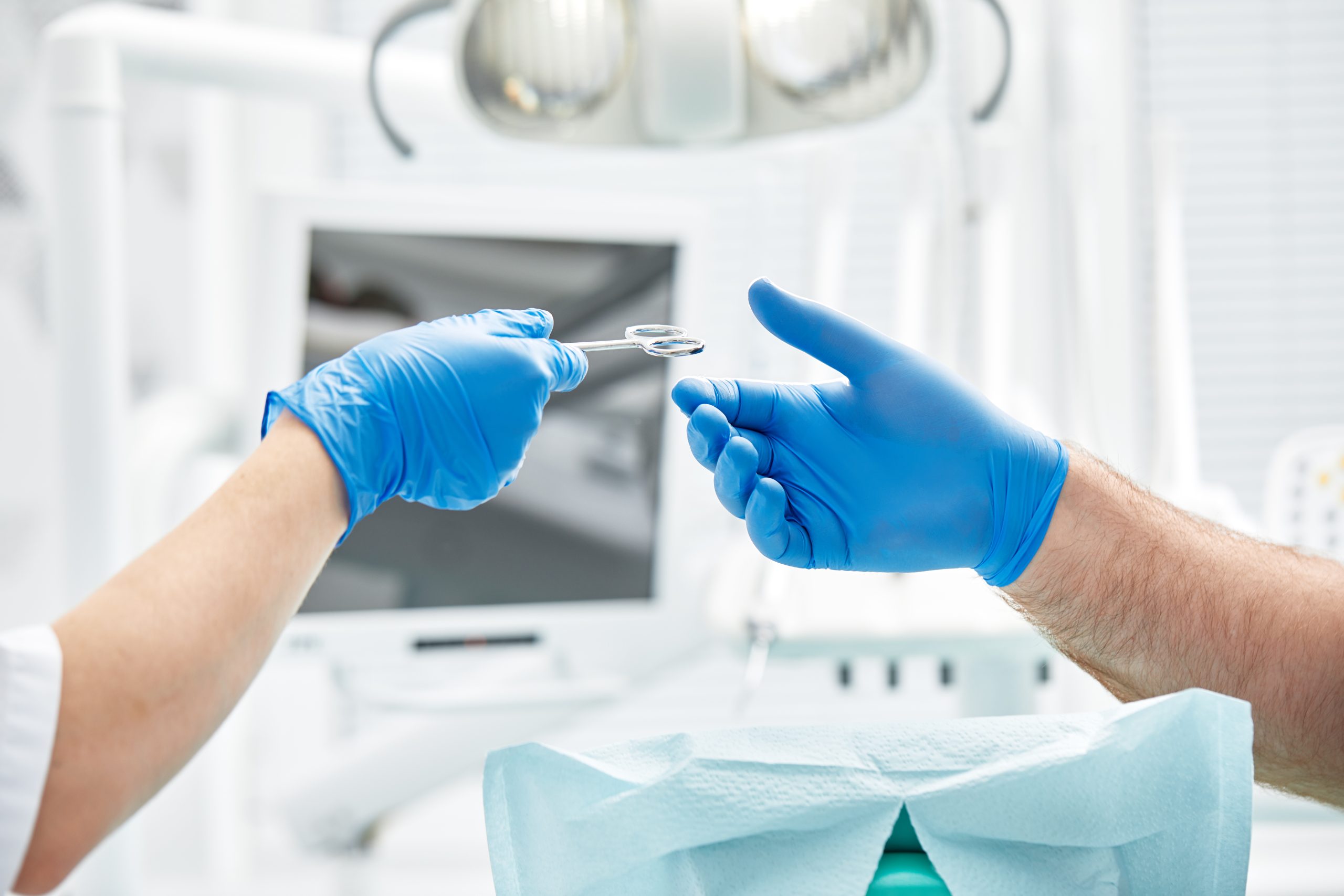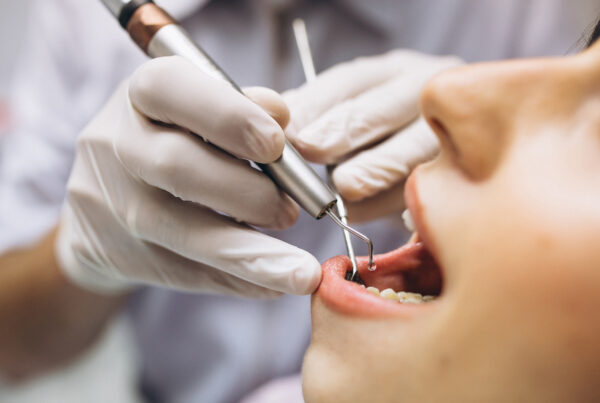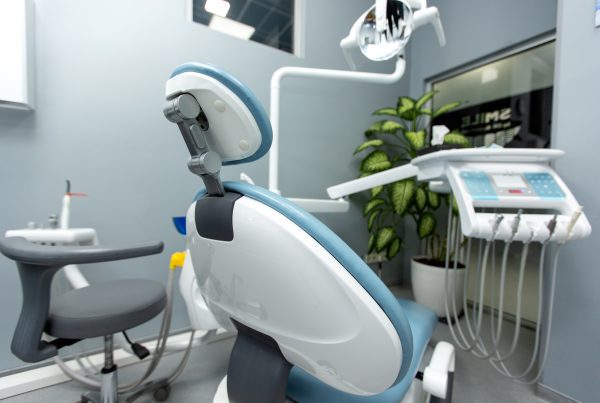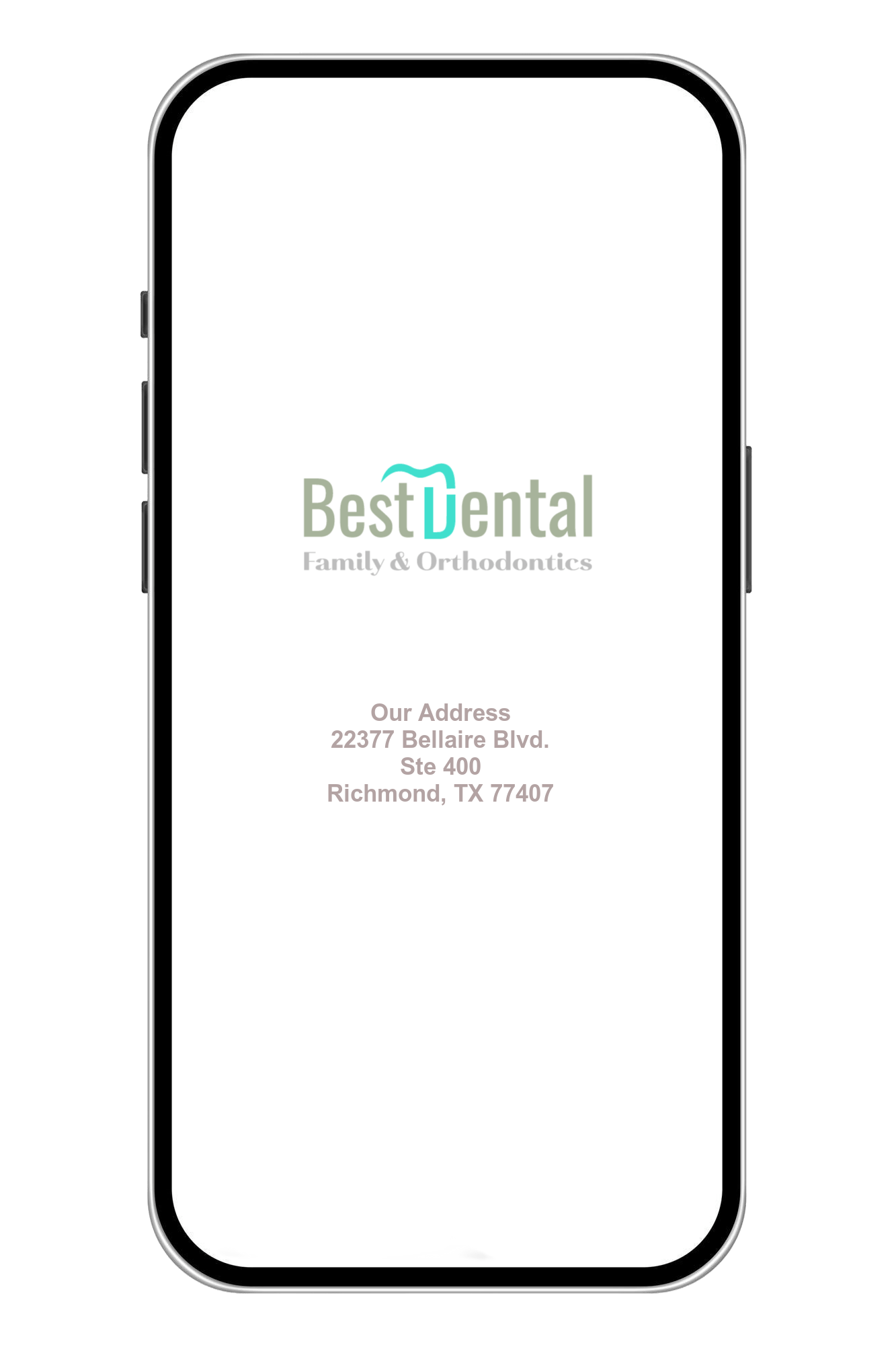Black Inside Tooth After Fracture - An Overview
Discovering a broken tooth with a disconcerting black interior can be a distressing experience. Whether it's due to an accident, decay, or another dental issue, the sight of a blackened tooth can raise concerns about both aesthetics and oral health. This unexpected dental problem often prompts individuals to seek immediate solutions, whether for pain relief, cosmetic restoration, or necessary dental treatment. In this article, we will delve into the causes of a blackened broken tooth, the potential consequences, and the various options available to address this issue, ultimately aiming to shed light on how to regain a healthy and confident smile.

What could be the possible causes of a tooth being black after it breaks?
One possible cause of a tooth turning black after it breaks could be the presence of sclerotic dentin. Sclerotic dentin is a natural occurrence that happens as a reaction to dental caries or other irritants. When the tooth is exposed to external irritants, the dentin beneath the enamel begins to mineralize, leading to the formation of sclerotic dentin. This type of dentin often appears darker or blackened, which could contribute to the discoloration of a broken tooth. Furthermore, the darkening of the tooth could also indicate the presence of underlying decay or infection, which may have led to the breakage in the first place. Additionally, trauma or injury to the tooth can cause internal bleeding, leading to discoloration that appears black. It is crucial to consult a dentist to accurately diagnose the underlying cause and determine the most suitable treatment plan.
Are there any immediate steps that should be taken when a tooth breaks and shows signs of blackening?
If a tooth breaks and shows signs of blackening, it is important to take immediate steps to ensure proper care and minimize any potential complications. Here are some recommended immediate actions:
- Rinse the mouth with warm water: Gently rinsing the mouth with warm water can help remove any debris or blood from the area, allowing for a clearer assessment of the extent of the damage.
- Apply a cold compress: If there is any swelling or pain, applying a cold compress to the affected area can help reduce swelling and alleviate discomfort.
- Avoid chewing on the affected side: Refrain from chewing on the side of the broken tooth to prevent further damage or irritation.
- Save any tooth fragments: If possible, save any tooth fragments that have broken off. These fragments may be useful for potential restoration procedures.
- Take over-the-counter pain medication: If there is significant discomfort, taking over-the-counter pain medication, as directed, can help manage the pain temporarily until professional dental care is obtained.
- Contact a dentist immediately: Schedule an emergency appointment with a dentist as soon as possible to assess the situation and determine the appropriate treatment plan.
Taking these immediate steps can help manage any pain and reduce the risk of further damage or complications while awaiting professional dental care.
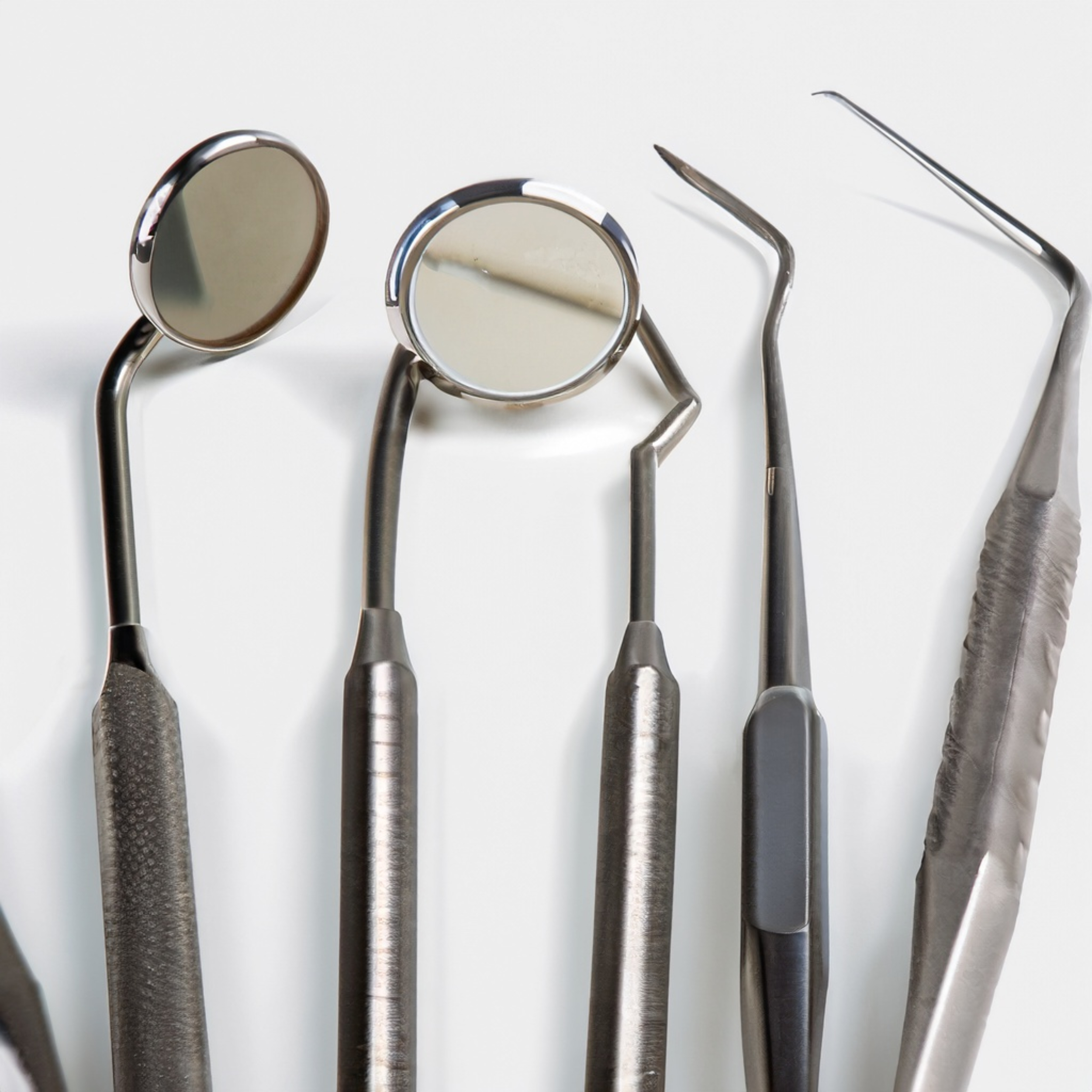
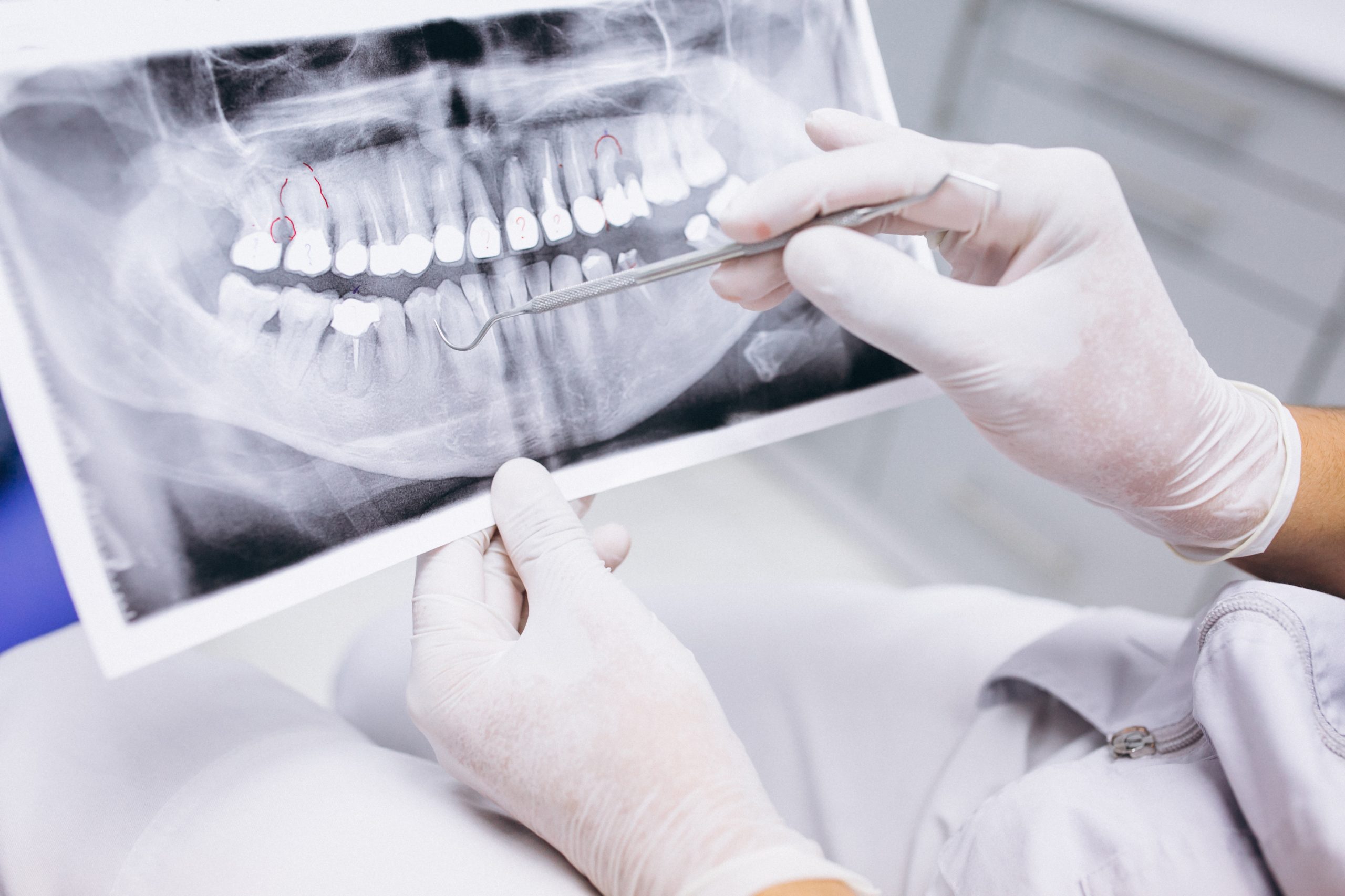
What are the potential consequences of neglecting a broken tooth with a black interior?
Neglecting a broken tooth with a black interior can lead to various consequences, some of which can have serious implications for both oral health and overall well-being. These potential consequences include:
- Increased risk of infection: A broken tooth with a black interior may indicate underlying decay or damage, providing an entry point for bacteria. Neglecting the issue can lead to an increased risk of infection, potentially resulting in abscesses, which can be painful and detrimental to overall health.
- Spread of decay: If the cause of the black interior is dental caries, neglecting the broken tooth can allow the decay to progress further, potentially affecting neighboring teeth and leading to more extensive dental problems.
- Tooth sensitivity and pain: Neglected broken teeth can become increasingly sensitive to temperature and pressure, causing discomfort and pain that can significantly impact daily activities such as eating, speaking, and even sleeping.
- Compromised oral function: With continued neglect, the broken tooth may affect the ability to chew properly, leading to dietary restrictions and potential nutritional deficiencies.
- Aesthetic concerns: Neglected broken teeth can lead to noticeable changes in the appearance of the smile, affecting self-confidence and social interactions.
- Structural instability: Over time, a neglected broken tooth can lead to further weakening of the tooth structure, potentially resulting in the need for more extensive and costly dental treatments, such as root canals, dental crowns, or even extraction.
It is crucial to address a broken tooth with a black interior promptly to prevent these potential consequences and to preserve oral health and overall well-being. Seeking professional dental care as soon as possible is essential in preventing the escalation of these adverse outcomes.
What dental treatment options are available for restoring a broken tooth with a blackened interior?
Several dental treatment options are available for restoring a broken tooth with a blackened interior, depending on the severity of the damage and the extent of the discoloration. These options include:
- Fillings: If the blackened interior is a result of a small cavity or minor damage, a dental filling may be sufficient. Composite or amalgam fillings can effectively restore the tooth’s structure and prevent further decay.
- Dental crowns: For more extensive damage, such as a large fracture or severe decay, a dental crown may be recommended. A dental crown is a cap that covers the entire visible portion of the tooth, providing protection and restoring its function and appearance.
- Root canal therapy: If the blackened interior is indicative of an infection or decay that has reached the tooth’s pulp, a root canal procedure may be necessary. During this treatment, the infected or damaged pulp is removed, and the interior of the tooth is cleaned, filled, and sealed to prevent further infection.
- Tooth extractions: In cases where the tooth is extensively damaged and cannot be saved, extraction may be the only viable option. This is typically considered when the tooth’s structural integrity is compromised beyond repair.
- Dental implants: Following tooth extraction, a dental implant may be recommended to replace the missing tooth. A dental implant involves the placement of a metal post in the jawbone, which serves as an artificial tooth root, supporting a dental crown that mimics the appearance and function of a natural tooth.
The choice of treatment depends on factors such as the extent of the damage, the patient’s oral health, and their aesthetic preferences. It is essential to consult a dentist to determine the most appropriate treatment plan for restoring a broken tooth with a blackened interior.
